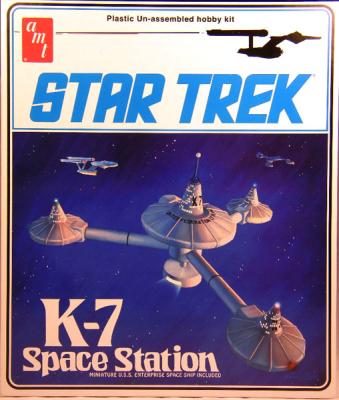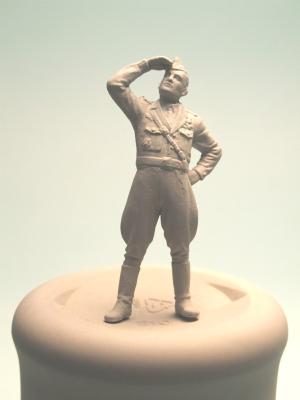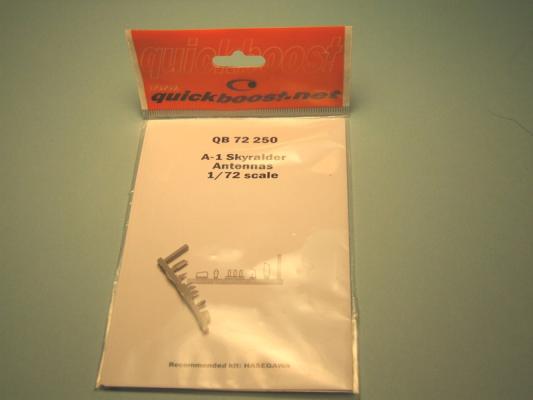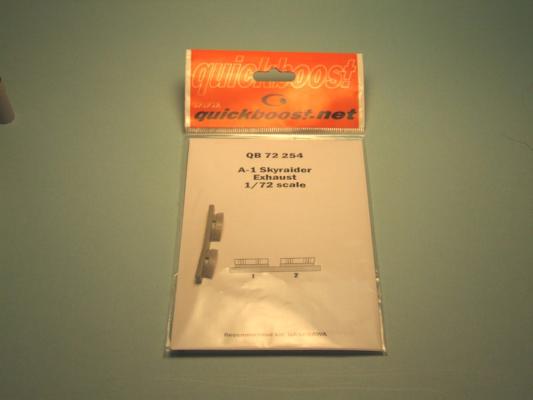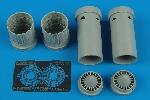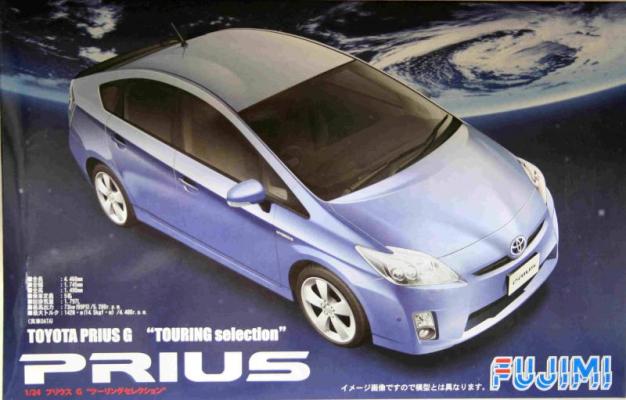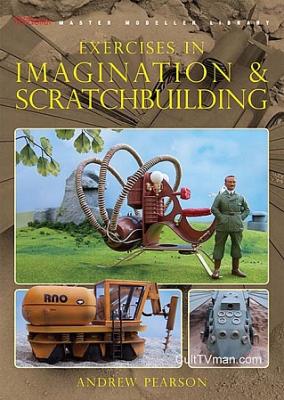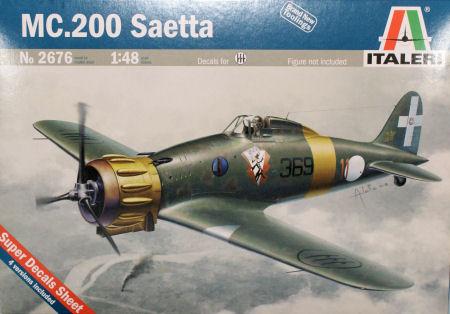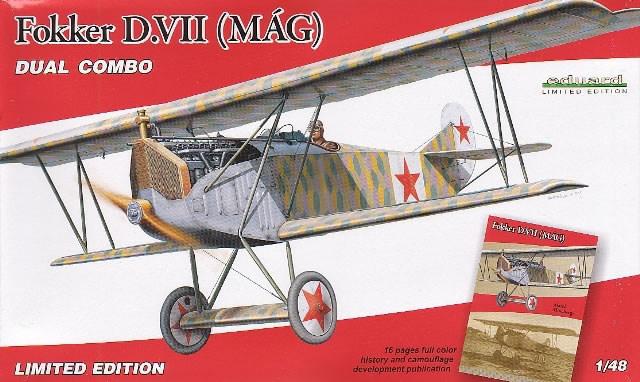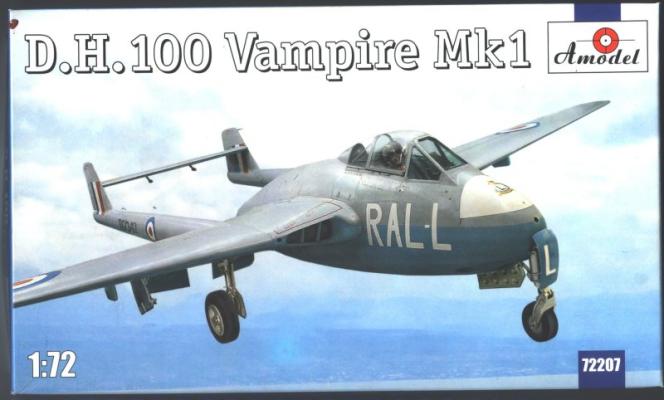To Trekkers around the world, the K-7 Space Station is most famous for two episodes. First featured in The Trouble with Tribbles [from the Original series], the station was again featured in Trials and Tribble-ations [from Deep Space Nine]. The station is easily recognized by its three arms with saucers at each end. In the 1970’s, AMT released several Star Trek kits, including the K-7 Station. Now, Round 2 Models has revived the old AMT kits, reissuing them as standard and special editions. The kit is basically the same as the original issue; with new decals [the special edition features a collector's tin and a miniature Tribble]. The reissue even includes the little USS Enterprise in scale with the station.
What's New
If you haven’t heard of Master Box Ltd yet, you soon will. They’re a relatively new company from the Ukraine, specializing 1/35th scale plastic figures. Although they’re young, they certainly have made a splash.
This release is their first entry into the 1/32nd scale market and it encompasses 6 of the most famous Allied and Axis aces of WW II;
Quick Boost has quickly built a reputation for excellent resin castings at affordable prices. These two sets are sure to add to that for the already great out-of-the-box 1/72 Hasegawa A-1J kit.
Few things are more heartbreaking than finally getting to the last stages of finishing a kit, only to realize that you’ve lost an antenna. Sure, you can try your skills at re-construction from scrap styrene, putty, or both but we all know that’s easier said than done. Again, these are direct replacements for the kit parts. My sample was very crisp and bubble-free
As always, make sure you wear a respirator when you make your cuts and vacuum up the residual dust once you’re finished.
Quick Boost has quickly built a reputation for excellent resin castings at affordable prices. This set is sure to add to that for the already great out-of-the-box 1/72 Hasegawa A-1J kit.
These are direct replacements for the kit parts and my sample was very crisp and bubble-free. They offer a simple solution to the often frustrating, sometimes futile attempt to drill-out exhausts in this scale.
While this set is designed for the Fujimi kit, it’s a direct drop in; you can easily use it on any of the Hasegawa offerings (which I’ll be using). It’s an excellent upgrade from the kit parts and requires minimal modeling effort to complete.
It consists of a single fret of 2 PE afterburner flame rings and two sets of exhaust “feathers” (long), afterburner cans, and exhaust cones. My sample was cast in dark grey resin and was bubble free. The cut lines are clearly defined and the resin separates easily from the pour stubs with a few swipes from a razor saw. A few swipes with a sanding sick leveled the parts up and they were ready to assemble.
Be very careful with the PE afterburner flame rings. They are extremely delicate and are somewhat oversized for the afterburner cans. I used a wooden dowel, to gently move them into position, to where the grooved afterburner can liner begins.
The Toyota Prius has made its way from a government incentive driven experiment to a very successful mainstream product offering. As such it really deserves to be noticed for its place in history. The Prius body styling and the kit subject matter in general, however, may only appeal to the Prius enthusiast.
The Fujimi kit represents the 2009 model year of the 3rd generation Prius and is an all new kit. White, clear and chrome trees are all individually bagged. Also included are soft rubber tires, a small decal sheet and window masks. Part count is just over 80 pieces and the build up is fairly simple. The result is a curbside model with no open elements.
Let’s take a journey, a journey into the mind of a scratchbuilder. Not just any scratchbuilder, not one who takes an actual object that existed and builds a replica from scratch. But one who gives three dimensional shape and form to an idea in a novel or a picture in his head. Author Andy Pearson is just such a modeler. He is regularly featured in Sci-Fi and Fantasy Modeller magazine.
In this book’s eleven chapters; Andy will show you how to take an image in your mind or a book and give it form and substance. Each chapter is a walk through the building of project. From futuristic construction equipment, cybernetic whale, a cross sectional far away planet’s seascape, space ships and much more, Andy takes you on the journey from idea to model.
Italeri has been releasing more Italian WWII subjects in both 1/72 and 1/48 scales over the past several years, with mixed success. Several were excellent kits such as the CR.42 and the SM.82 while others, like the most recent Re.2002, were poorly received by some modelers. The recent release of the MC.200 has drawn some negative pre-release publicity as well as comparisons to the well done PCM kit released earlier. Being a sucker for anything in splotchy camouflage, I jumped at the opportunity to try the kit for myself, and found a solid effort with good points and some bad points as well.
I would like to express my sincere thanks to Eduard for providing this kit to IPMS/USA and to them for allowing me to review it.
The Aircraft
The Vampire certainly qualifies as an “early jet”, being second oldest to the Meteor in RAF service. The Vampire’s twin-boom layout was a result of the low power of the early jet engines. The shorter the tail pipe, the more power the engine could deliver. The Vampire’s original mission was strictly as an interceptor, with only the 4x 20 mm Hispano cannon as armament.

